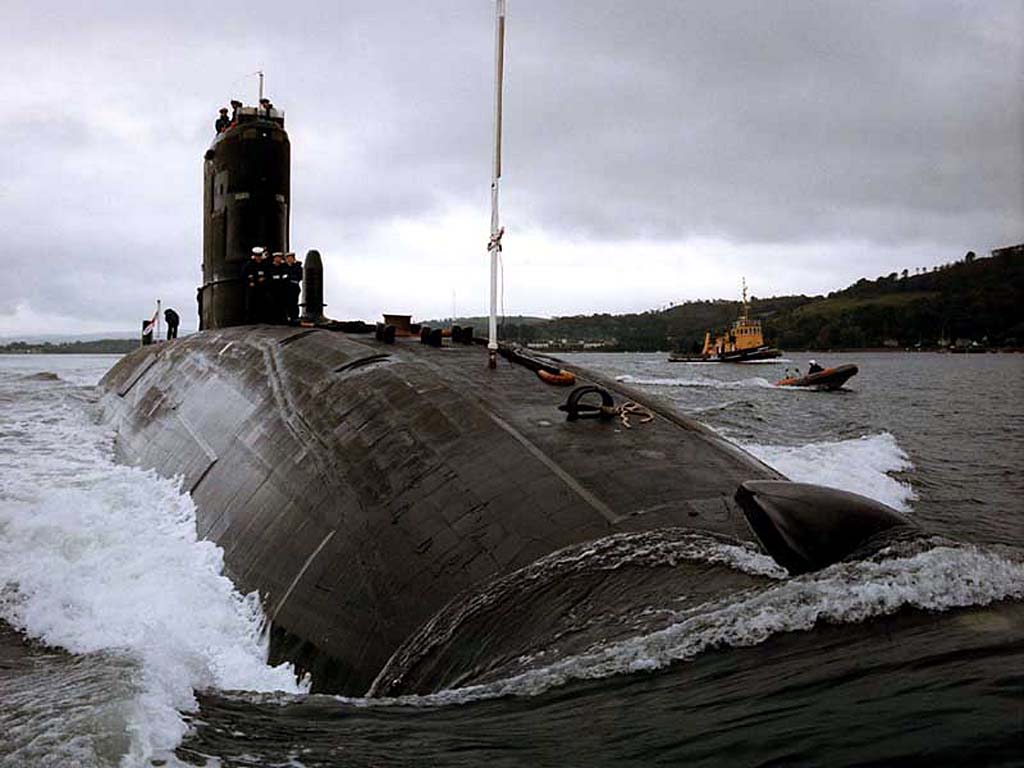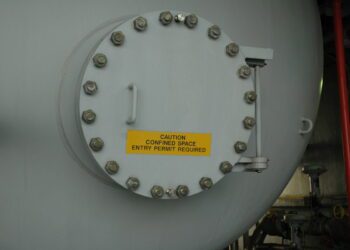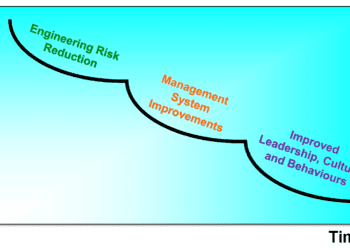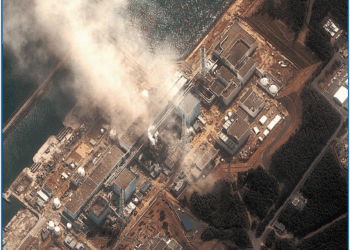What is authorisation in the Ministry of Defence?
In 1999, the UK MoD’s regulatory handbook for nuclear submarines at sites (BR3018 Volume 2) was revised significantly and became mandatory for new contracts. Included were 36 Authorisation Conditions (ACs), derived from the Licence Conditions of the civil nuclear regulator, the NII. This marked the beginning of a substantial overhaul of MoD nuclear regulation, which has now seen:
- BR3018(2) replaced by JSP 518, which also introduces separate ACs for nuclear submarines at sea.
- The development of a similar regulatory regime for nuclear weapons (JSP 538).
HOW IS AUTHORISATION ACHIEVED?
For activities involving nuclear material the process of Authorisation mirrors that of licensing by the NII, with each “Authorisee” required to produce Compliance Statements detailing the arrangements against each AC, for subsequent confirmation by regulatory audit.
WHO ARE THE REGULATORS?
There are two MoD Nuclear Regulators: the Nuclear Weapons Regulator and, for the Naval Nuclear Propulsion Programme, the Chairman Naval Nuclear Regulatory Panel.
WHO ARE THE AUTHORISEES?
There are separate Authorisees for:
- Authorised sites for nuclear submarines, such as naval bases.
- Submarine reactor plant.
- Authorised sites for nuclear weapons.
- Nuclear weapon transportation.
- Deployed nuclear weapons.
WHAT ARE THE BENEFITS OF AUTHORISATION?
The top-level regulatory framework provided by Authorisation draws heavily upon the strengths of Licence Conditions, which have been implemented to great effect by the NII, while also taking advantage of the many good practices associated with the regime it succeeds.

Authorisation applies to nuclear submarines as well as sites
This article first appeared in RISKworld Issue 5.








